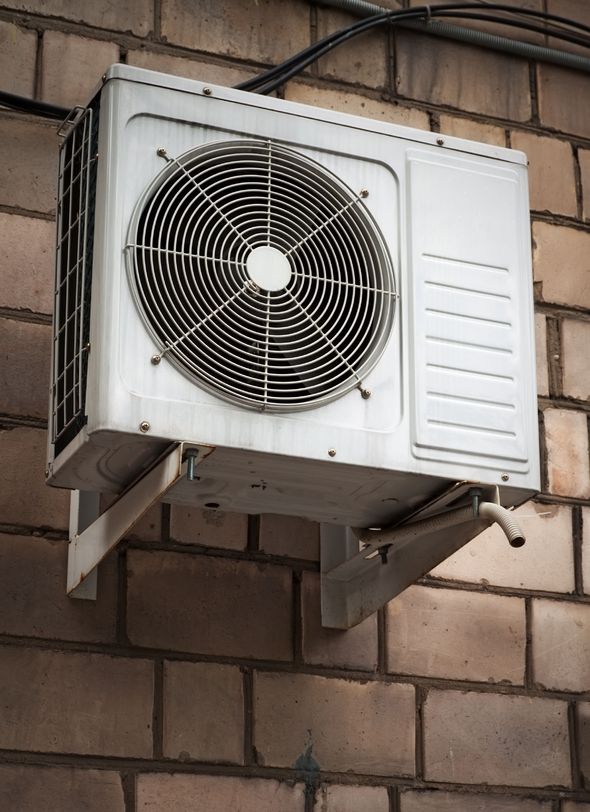Offshore oil and gas operations sometimes require a great deal of underwater equipment. This equipment needs connections like electricity and hydraulics in order to function. This is where important tools like hydraulic flying leads come into play. But what are these valuable tools and why are they so important? Let’s take a closer look and see.
What is a Flying Lead?
When a subsea (underwater) structure needs connections, long hoses with special connectors on each end are often used. These are called flying leads. However, many of these leads are very long and heavy, and it takes special equipment to deploy them and get them into the right position. Often times, ROVs (remote operated vehicles) and helicopters are used. However, one of the most important pieces of equipment is lead deployment frames.
What Are Deployment Frames Used For?
Suppose you need to make an underwater connection from a manifold to a hydraulic source. This connection is over 100 feet long and is very bulky and heavy. You can’t just throw something like that into the water and expect your crew to connect them. They need special equipment.
A deployment frame makes the perfect place for storing electric and hydraulic flying leads that are many feet long. This makes them easier to transport to the job site. These frames are simple in design yet very effective. For example, there may be several pipe structures extending from the frame and the leads are easily wrapped around them. Some deployment frames can handle more than one lead, wrapped into a “figure eight.” This prevents tangling and damage.
Faster and Safer Installation
When safety is a big concern, some companies today use rapid deployment cartridges or subsea deployment baskets to install hydraulic flying leads and umbilicals. To find out more about this equipment, contact your oilfield services company for assistance.






